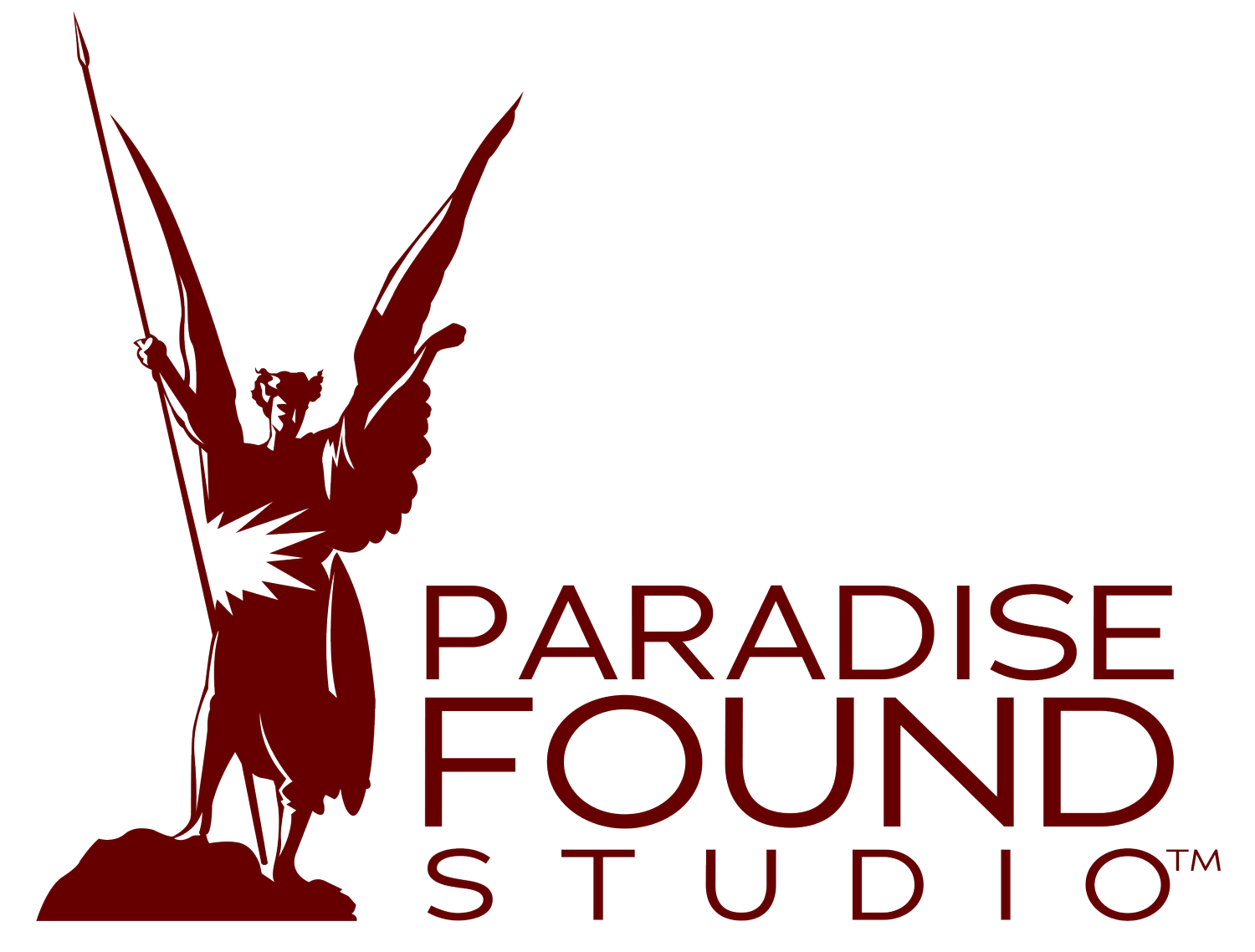RELIGIOUS ART APPRECIATION VS. IDOLATRY
A few months ago, after I “boosted” a Facebook post to reach a broader audience, I was challenged by someone claiming Paradise Found Studio promotes idolatry. It was respectfully written, so I took it as a sincere concern for my soul and those of my patrons. Looking at this site, it isn’t hard to guess where I fall on the topic. I struggled on whether or not I should respond, or just delete the post. I decided to delete, which I’m not sure what the right thing to do. What follows is my response for all to read…
THE HISTORY OF IDOLATRY
Idolatry is the worship of images or objects, which is forbidden in the Judo-christian tradition in the 1st commandment “Thou shalt have no other gods before me”, or specified in the 2nd commandment “Thou shalt not make unto thee any graven image” in the reformist tradition.
From the earliest days of the Christian Church, there has been a rich tradition of religious art. With the Calvinist movement, reformist expanded the definition of idolatry to include religious works showing images of God, Christ, and the saints. Keep in mind, this wasn’t a live-and-let-live time in history, so Calvinists destroyed thousands of works of art in Churches, monasteries, etc. Paintings, statues, stained glass windows — anything that depicted religious subjects were obliterated.
This hit home in my visit to England this year with my family. We visited York Minster, which at one time was a Roman Catholic cathedral, but became an Anglican cathedral during the English reformation movement. As I walked up to the exterior of the church and studied the Gothic edifice, I noticed hundreds of empty niches all the way up the towering walls. At one time, each housed a statue of a saint. Inside, the same kind of niches, which were either empty or, when too difficult to remove the statue, the head of the saint broken off and destroyed.
I have an appreciation for history, and enjoy gaining an understanding of context as I travel, but I couldn’t help but dwell on the tragedy of this destruction. Each one of these statues represent hundreds of hours of a skilled mason. The artists’ hard work would have been admired for hundreds of years, but instead were broken and thrown on a trash heap.
Exterior of York Minster with hundreds of empty niches.
Interior of York Minster with more empty niches, and some with headless statues.
Of course, the loss of art can’t compare with the massive loss of life from Catholic and Protestant atrocities at the time. It was a very dark time in Christian history.
Its no mystery which side of the debate I fall, since I run a religious art gallery. I also spend a lot of my free time creating religious art, including my current project that’s a massive mosaic crucifix (more on that in a later blog post).
The act of the creation of religious artwork is in itself a form of prayer. Rather than words or music, a visual artist speaks in imagery. Anyone who has painting Jesus and his Passion can tell you that you almost walk in His footsteps, as Saint Ignatius advises in the Jesuit tradition. When I am placing glass tiles one at a time to form the wounds on His feet, I almost could feel His pain.
When Michelangelo painstakingly removed the excess marble obscuring his Pietà, it’s hard to imagine him not having tears in his eyes from his own magnificent creation. Anyone seeing it is swept away by Mary’s anguish and God’s ultimate sacrifice of His own son. It is a form of prayer for the creator, and allows the observer to be touched and their faith deepened.
Where does the talent come from? God.
Where does the inspiration come from? The Holy Spirit.
How can anyone find this unholy?


